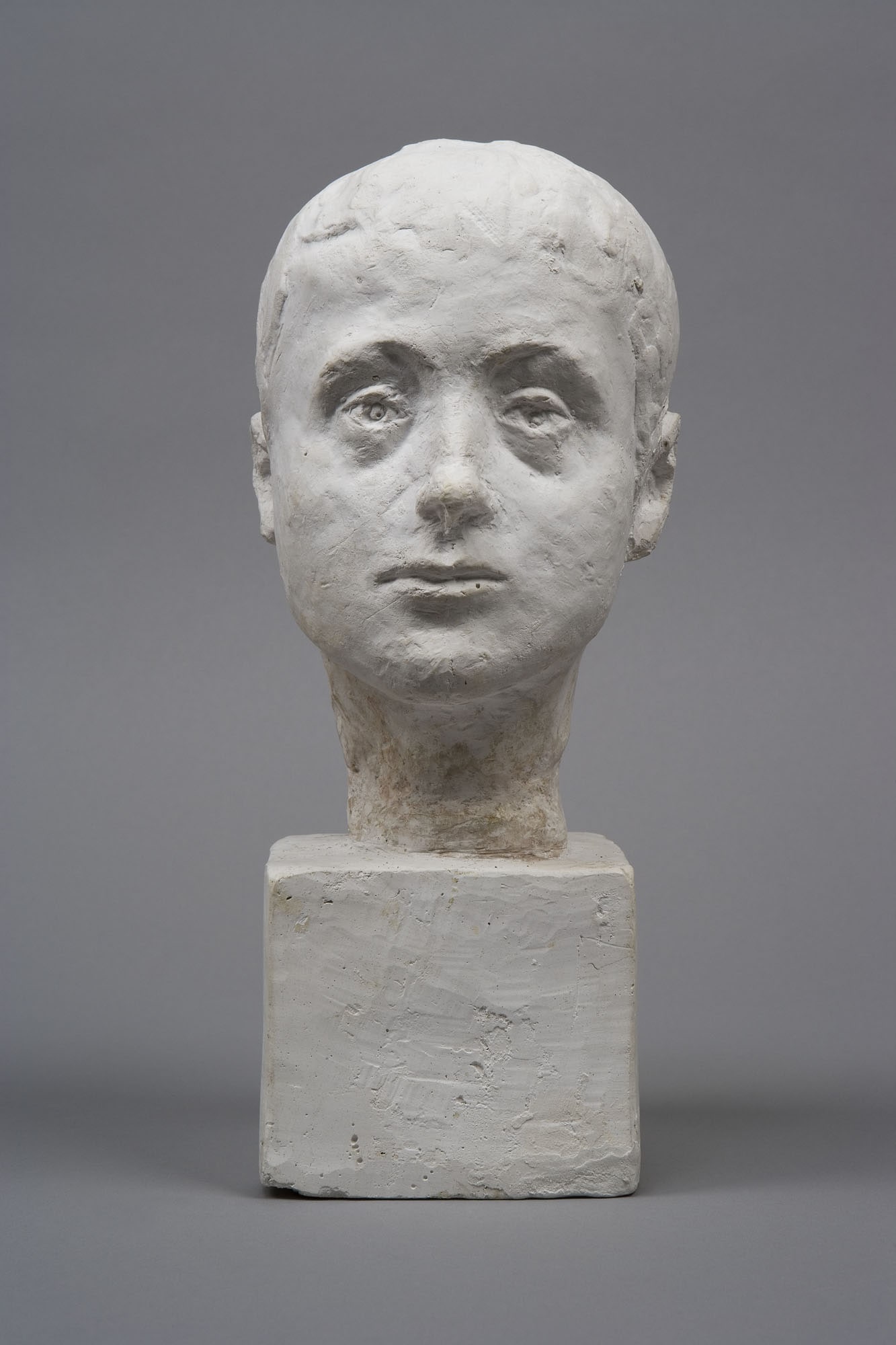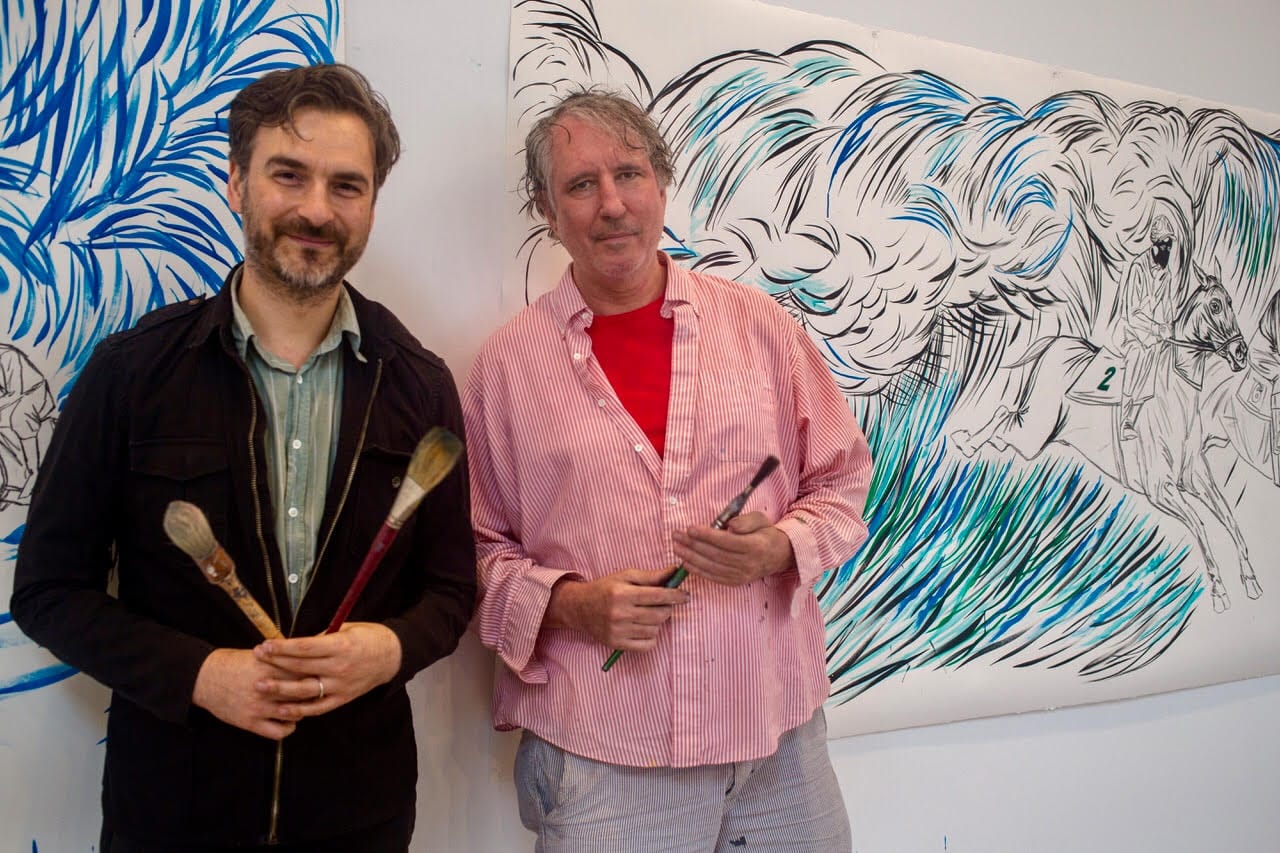Director: Jerzy Kawalerowicz
Cast: Lucyna Winnicka, Mieczyslaw Voit, Anna Ciepielewska
Poland, 112’, 1961, black and white
Latin and Polish with Turkish subtitles
Taking the infamous and documented 'demonic possession' of a group of nuns in Loudun, France in 1634 as his starting point (events subsequently also adapted by Ken Russell for his notorious film The Devils), director Jerzy Kawalerowicz created an intensely provocative and visually astonishing film. Aided by an extraordinary performance by Lucyna Winnicka as Mother Joan, the possessed Mother Superior of the convent, and Mieczysław Voit as the troubled priest Father Józef Suryn, Kawalerowicz's masterpiece is a profoundly disturbing exploration of faith, repression, fanaticism and sexuality.
Trailer

Organized in collaboration with the Giacometti Foundation, Paris, the exhibition explores Giacometti’s prolific life, most of which the artist led in his studio in Montparnasse, through the works of his early period as well his late work, including one unfinished piece. Devoted to Giacometti’s early works, the first part of the exhibition demonstrates the influence of Giovanni Giacometti, the father of the artist and a Swiss Post-Impressionist painter himself, on Giacometti’s output during these years and his role in his son’s development.

We meet at Marcel Dzama’s studio in Brooklyn on the occasion of his solo exhibition Dancing with the Moon at Pera Museum. On this freezing day in January, he welcomes us with a warm smile, and for a few hours, we step into his world filled with surreal characters, music, dance, politics, and play.
Tuesday - Saturday 10:00 - 19:00
Friday 10:00 - 22:00
Sunday 12:00 - 18:00
The museum is closed on Mondays.
On Wednesdays, the students can
visit the museum free of admission.
Full ticket: 300 TL
Discounted: 150 TL
Groups: 200 TL (minimum 10 people)